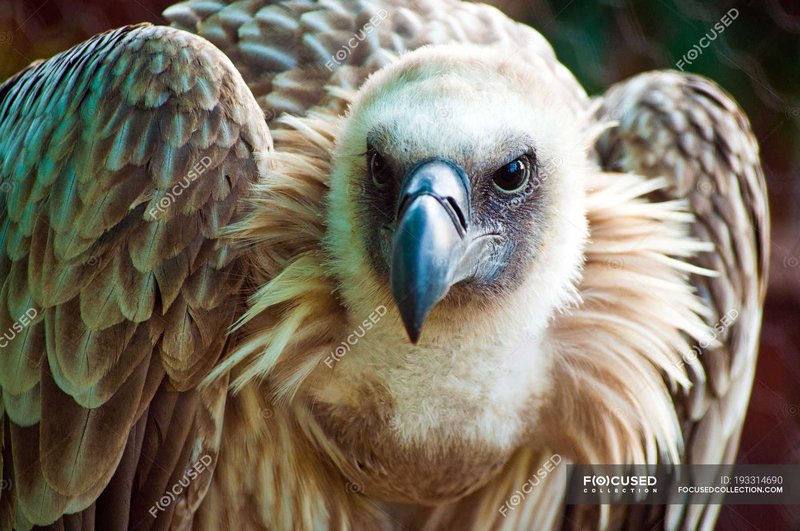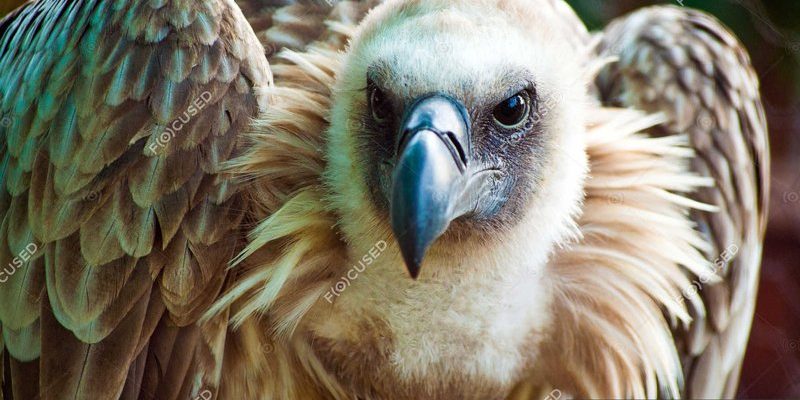
Vultures can be found in various habitats, from open fields to woodlands, and they often glide high in the sky. Recognizing their unique characteristics can enhance your outdoor adventures and deepen your appreciation for wildlife. So, let’s dive in and explore how to identify a vulture in the wild, focusing on their physical traits, behavior, and habitats.
Physical Characteristics of Vultures
When trying to identify a vulture, start by looking at size and shape. Vultures are usually large birds with broad wings and a relatively small head. Think about a plane gliding through the air; vultures use their wings to catch thermals, allowing them to soar effortlessly without flapping. They typically have wingspans that can range from three to ten feet, depending on the species.
Next up is coloration and plumage. Many vultures have dark feathers, often black or brown, but what’s really interesting is their bare heads and necks. This unique feature isn’t just for show; it helps them stay clean while eating. When you spot a dark, bulky bird with a bald head, it’s a strong sign you’re looking at a vulture.
Another thing to note is their beaks. Vultures are equipped with strong, hooked beaks designed for tearing into tough carcasses. If you’re observing a bird picking at something on the ground, take a closer look at that beak. If it looks sharp and curved, chances are it’s a vulture.
Behavioral Traits of Vultures
Vultures have some pretty distinctive behaviors that set them apart from other birds. For instance, they are often seen circling high above the ground. This isn’t just for fun; they’re scanning the landscape for food. If you see a group of large birds circling together, you can bet there’s something interesting below.
You might also notice vultures engaging in social behavior. Unlike many birds that prefer to be solitary, vultures often gather in groups, especially when feeding. This can lead to some fascinating interactions, as they communicate through body language and even vocalizations. If you see a bunch of birds hanging out near a carcass, it’s a safe bet they’re vultures sharing a meal.
And here’s a fun fact: vultures have an incredible sense of smell. While many birds rely solely on sight, certain vulture species can actually smell carrion from miles away. If you’re in an area where vultures are frequently seen, keep your eyes peeled for them suddenly swooping in—it might be a sign that dinner is served!
Common Vulture Species to Spot
In North America, the most common vultures you’ll encounter are the Turkey Vulture and the Black Vulture. Let’s break down how to distinguish these two.
– Turkey Vulture: This bird has a distinctive reddish head and a long wingspan. When flying, you’ll notice their wings are slightly raised, forming a “V” shape, giving them a graceful appearance. They often glide low over fields or woods.
– Black Vulture: With a darker head and broader wings, the Black Vulture may appear stockier. Their wings stay level while flying, and they’re known for their raucous vocalizations, which can sound quite harsh compared to the Turkey Vulture’s more muted calls.
By knowing these two species, you increase your chances of identifying a vulture during your next hike or drive in the countryside.
Preferred Habitats of Vultures
Vultures are quite adaptable and can be found in a variety of habitats. Generally, they prefer open areas where they can easily spot food. You might find them in:
- Grasslands: Vast expanses allow for easy visibility of carrion.
- Forests: They can often be seen flying above treetops, searching for food.
- Waste Areas: Landfills are also common spots where vultures gather, taking advantage of human waste.
Let’s say you’re driving through rural areas or near national parks—keep an eye out! Vultures like to perch on trees, high rocks, and even power lines, scanning for potential meals.
How to Spot Vultures in Flight
Watching vultures in flight can be an incredible experience. As they soar high, they have a particular style that sets them apart from other birds. Unlike most birds that flap their wings frequently, vultures take advantage of thermal currents. This means you can spot them gliding smoothly with minimal wing movement.
To identify vultures from a distance, pay close attention to their wing patterns. Turkey Vultures have longer wings that stretch outward, while Black Vultures tend to have shorter, broader wings. You might wonder how to get a closer look. Bringing along binoculars can really help you observe these majestic birds without disturbing them.
Another fun tip? Vultures often use the wind to help them glide. So, if you see them soaring high, you might feel a sense of awe—like watching a skilled dancer effortlessly twirl across the stage.
Why Identifying Vultures Matters
Identifying vultures isn’t just a fun hobby; it’s an important part of understanding our ecosystem. By recognizing these birds, you can appreciate their role in nature. Vultures help keep our environment healthy by cleaning up dead animals, which can spread disease if left unattended.
Plus, observing vultures can lead to greater awareness about wildlife conservation. Many species are facing threats from habitat loss and poisoning, so gaining knowledge about these birds can inspire action to protect them.
So, the next time you’re out in nature, take a moment to look for vultures—and think about how they fit into the larger picture of our planet. By identifying and appreciating these remarkable birds, you contribute to a healthier ecosystem for all.
In conclusion, identifying vultures in the wild can be an exciting and educational experience. With their unique physical characteristics, fascinating behavior, and important role in nature, vultures are more than just scavengers; they’re essential players in our ecosystem. So, head out into the great outdoors, keep an eye on the skies, and enjoy the thrill of spotting these incredible birds!

